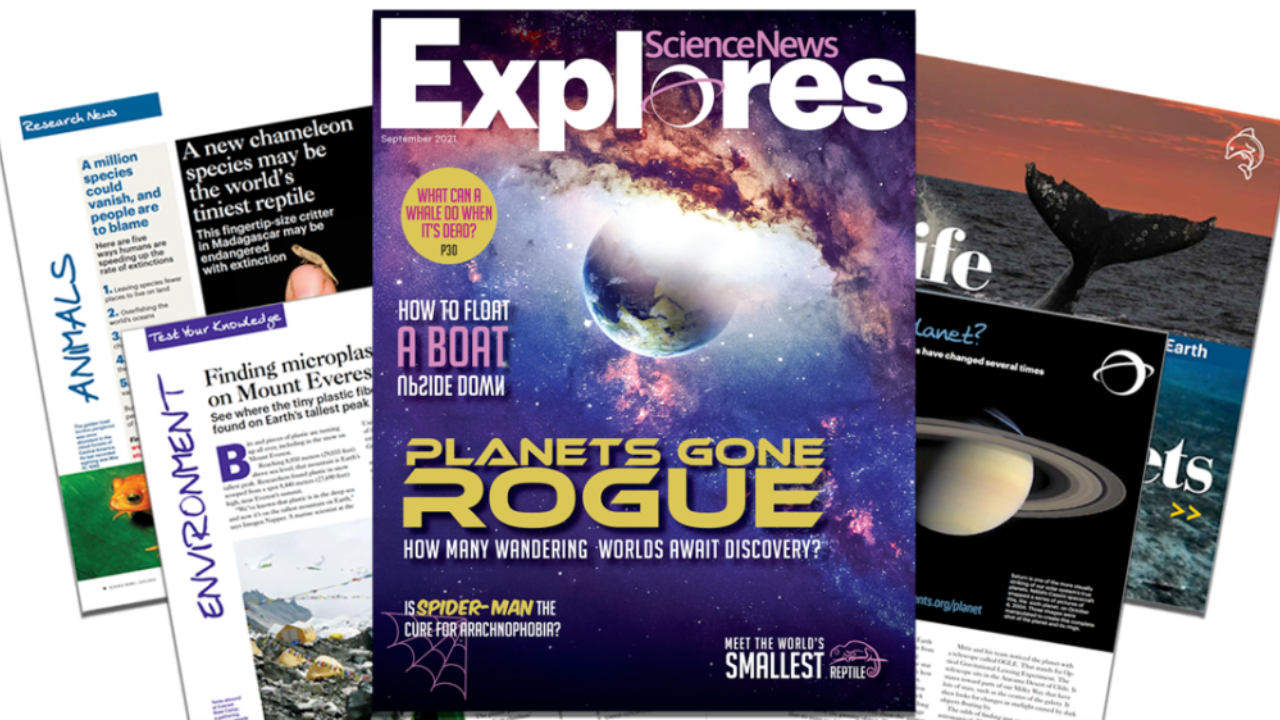Introduction: Navigating the Deluge of Scientific Discoveries
In an era defined by rapid innovation, staying abreast of the latest scientific discoveries is a formidable yet essential task. The sheer volume of new research, with over a million articles flooding databases like PubMed annually, presents a significant challenge, often leading to “information overload.” For scientists, policymakers, and the curious public alike, discerning reliable and impactful information from the vast ocean of data requires a strategic approach to identifying the best scientific sources. This report outlines the most effective channels for keeping current with scientific discoveries, from traditional academic publications to modern digital tools and national initiatives, ensuring access to trustworthy research updates.

Best Sources for Scientific Discoveries: The Foundation of Knowledge
The bedrock of scientific discoveries lies in rigorously vetted publications and direct research outputs. These are the primary scientific sources for in-depth understanding.
1. Peer-Reviewed Journals and Articles
The gold standard for scientific communication remains the peer-reviewed journal article. These include:
- Original Articles: Presenting new, evidence-based research findings, these are the direct reports from the front lines of discovery.
- Review Articles: Offering comprehensive analyses and syntheses of recent developments, review articles are invaluable scientific sources for grasping the state of a field without reading every single study.
- Specialized Formats: Case reports, technical notes, and pictorial essays provide unique insights into specific events or methodologies.
Leading journals like Science and Nature are premier scientific sources, publishing cutting-edge research and commentary that consistently rank among the world's most-cited works.
2. The Growing Role of Preprints
Preprints are non-peer-reviewed drafts of research papers posted on public servers, offering rapid accessibility and timely dissemination of findings before formal publication. They allow researchers to share work, receive early credit, and gather feedback from peers, accelerating the innovation cycle, especially in fast-evolving fields. Preprints are assigned unique Digital Object Identifiers (DOIs), making them citable. While they enhance visibility and collaboration, the absence of formal peer review means they carry inherent risks of poor quality or inaccurate information, placing a greater responsibility on the reader to critically evaluate these scientific sources.
3. Gray Literature and Other Publications
Beyond formal journal articles, scientists consult “gray literature,” which comprises materials published outside traditional commercial or academic channels. Examples include government reports, policy statements, conference proceedings, theses, dissertations, and working papers. Patents are also a vital scientific source for technical specifications. Books by individual authors and presentations at academic conferences further contribute to the diverse landscape of scientific sources.
Buy Scientific Magazines and News Outlets
For a broader audience, popular science magazines and reputable news outlets serve as excellent scientific sources for accessible and engaging summaries of complex discoveries.

1. Scientific American
Founded in 1845, Scientific American is the oldest continuously published magazine in the United States, known for its in-depth research, ideas, and knowledge in science and technology. It has published articles by over 200 Nobel Prize winners and is suitable for those familiar with the sciences looking for detailed insights. Subscriptions are available in digital and print formats, with options as low as US$29.99 per year. Its website provides daily news, blogs, podcasts, and videos, attracting over 10 million visitors monthly.
2. Other Leading Magazines and News Sources for Scientific Discoveries
- Science News: An independent, nonprofit source providing the latest news in science, medicine, and technology since 1921, aiming to empower readers to evaluate information.
- New Scientist: A popular weekly science and technology magazine from the UK, covering diverse topics from AI to climate change.
- The Scientist: Dedicated to life science professionals, offering accurate and in-depth content on molecular biology, genetics, and research trends.
- National Geographic: Focuses on natural sciences with stunning visuals and stories about the environment, space, and animals.
- Reputable News Outlets: Major news organizations like BBC, The New York Times, The Wall Street Journal, and The Economist often feature dedicated science sections, providing broad coverage of scientific discoveries.
- Dedicated Science News Sites: Phys.org and Ars Technica offer comprehensive coverage of sci-tech developments and technology news, respectively.

How to Stay Updated with Science: Effective Strategies and Tools
Given the volume of information, effective strategies and digital tools are crucial for managing scientific sources and staying current.
1. Automated Alerts and Feeds
A primary method for researchers is through automated alerts from journals, conferences, and databases. Platforms like Google Scholar allow users to configure alerts for specific authors, topics, or when key papers are cited. RSS feeds from academic journals, managed through aggregators like Feedly, provide streamlined monitoring of new issues. Major academic databases such as Web of Science, Scopus, PubMed, and ScienceDirect offer robust alert services.

2. Curated Content and Audio Formats
To manage information overload, scientists increasingly turn to curated newsletters and podcasts (e.g., ResearchPod, Substack roundups) that summarize important findings, helping identify which scientific sources warrant a deeper dive. Text-to-speech tools like Listening.com convert academic articles into audio, enabling consumption during commutes or other tasks, effectively creating a personalized audio feed. Recording voice notes during listening helps capture initial thoughts and streamline literature review, creating a searchable archive of insights.
3. Reference Management Software
Tools like Mendeley, EndNote, Paperpile, and JabRef are essential for organizing, storing, sharing, and citing scientific sources and data. They offer automatic bibliography generation, note-taking, highlighting, and collaboration features. Logically, an AI-powered reference manager allows users to chat with documents and search through vast databases of peer-reviewed scientific sources.
4. AI-Powered Research Assistants and Literature Review Tools
A new generation of AI-powered tools is revolutionizing literature reviews. Examples include Ai2 Paper Finder, Consensus AI, Elicit AI, OpenRead, R Discovery, ResearchRabbit, Sci Scope, Scite AI, and Semantic Scholar. These tools leverage AI for advanced semantic searching, visual mapping of academic papers, and analysis of citation networks. Many integrate generative AI for natural language queries, summarization, outlining, and interactive “chat” with specific sections of a paper. However, critical verification of AI-generated results is always necessary due to potential “hallucinations” or biases.
5. Professional Networks and Conferences
Conferences play a pivotal role in scientific communication, offering opportunities to present findings, engage in discussions, and gain early access to research, often before formal publication. Networking at these events is crucial for building connections, fostering collaborations, and identifying new research opportunities. These human interactions provide invaluable informal scientific sources and peer vetting.
National Approaches to Science Communication and Access
Governments and institutions play a crucial role in shaping access to scientific sources and promoting science communication.
1. US Science Initiatives
The U.S. National Science Foundation (NSF) has significantly invested in materials research since the 1950s, leading to breakthroughs in various fields. Federal agencies like the National Institutes of Health (NIH) and NSF now mandate that all federally funded research, including publications and data, must be made publicly available immediately upon publication, without an embargo period. This commitment to open access ensures that taxpayer investments yield broadly accessible benefits, making these scientific sources freely available. The NIH also provides guidance for communicating science and health research to the public, emphasizing clear language and transparency.
2. UK Science Initiatives
The UK has also strongly embraced Open Access (OA) principles. The UK Research and Innovation (UKRI) Open Access Policy mandates immediate open access for all peer-reviewed research articles submitted from April 1, 2022, onwards, provided they acknowledge UKRI funding. Similarly, the Department for Environment, Food & Rural Affairs (Defra) ensures its funded research outputs are freely and immediately available. The Royal Society actively supports science communication through various initiatives, including journals, events, and grants, fostering collaboration and public engagement with scientific sources.
Conclusion: A Multifaceted Approach to Research Updates
Staying updated on scientific discoveries in today's information-rich environment requires a multifaceted and adaptive approach. Relying on a diverse array of scientific sources, from traditional peer-reviewed journals and preprints to popular science magazines and AI-powered tools, is essential. Leveraging automated alerts, engaging with professional networks, and utilizing reference management software can streamline the process of consuming and organizing vast amounts of information. Furthermore, the global movement towards open access, driven by policies in the US and UK, is democratizing access to scientific sources, ensuring that scientific discoveries are more widely available than ever before. By combining these strategies, individuals can effectively navigate the scientific landscape, critically evaluate information, and remain at the forefront of discovery.









